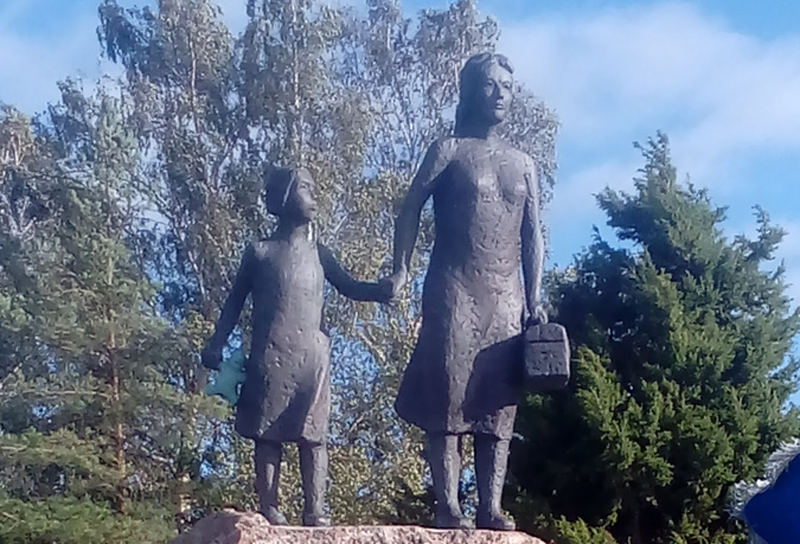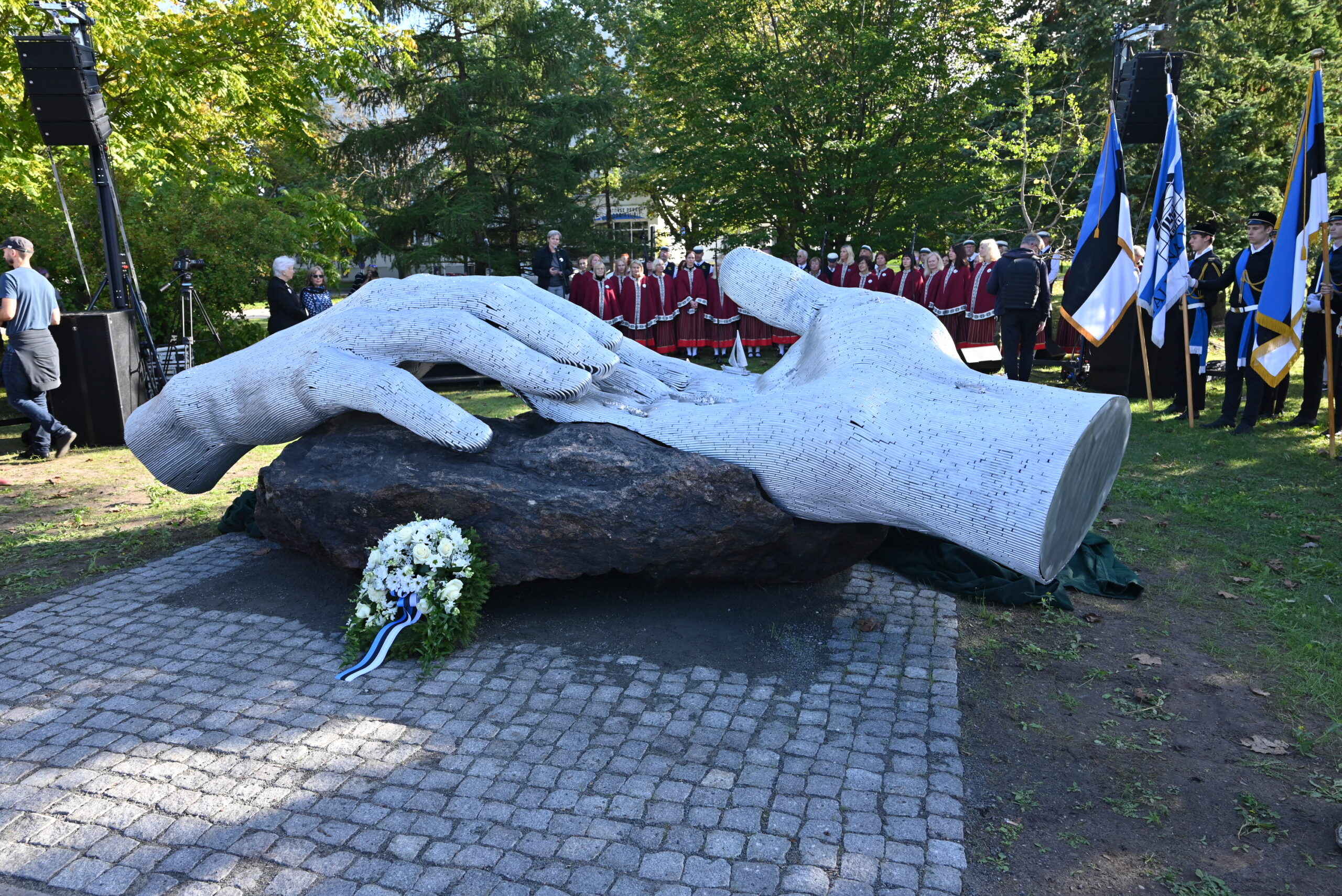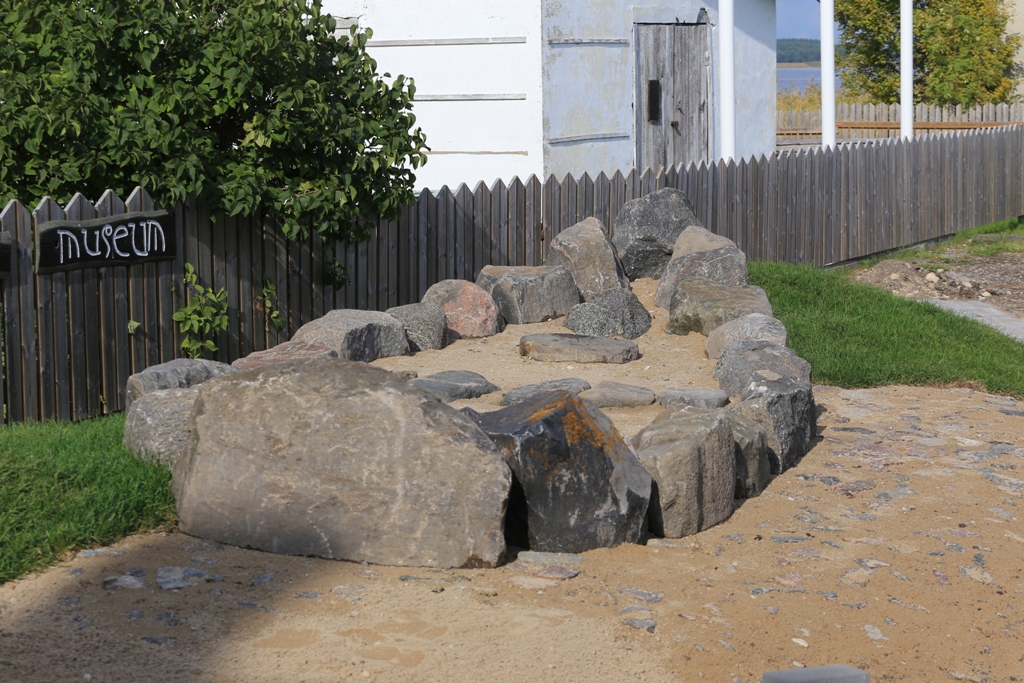81 YEARS SINCE THE 1944 GREAT ESCAPE
“THE GREAT ESCAPE” “THE BOAT OF TEARS” TALLINN,
Tammsaare park, 20-21. September 2025
In the autumn of 1944, about 80,000 people fled Estonia to escape the advancing Soviet
army. Many never reached their destination. Across the stormy Baltic Sea, they set out in
both large ships and small fishing boats, risking their lives and health.
Around 32,000 reached Sweden, another 7,000 via Finland, and nearly 40,000 to Germany.
This great wave of departures is remembered as the “boat escape.” Reaching freedom
meant survival — but also hardship in refugee camps and the challenge of starting anew
in a foreign land.
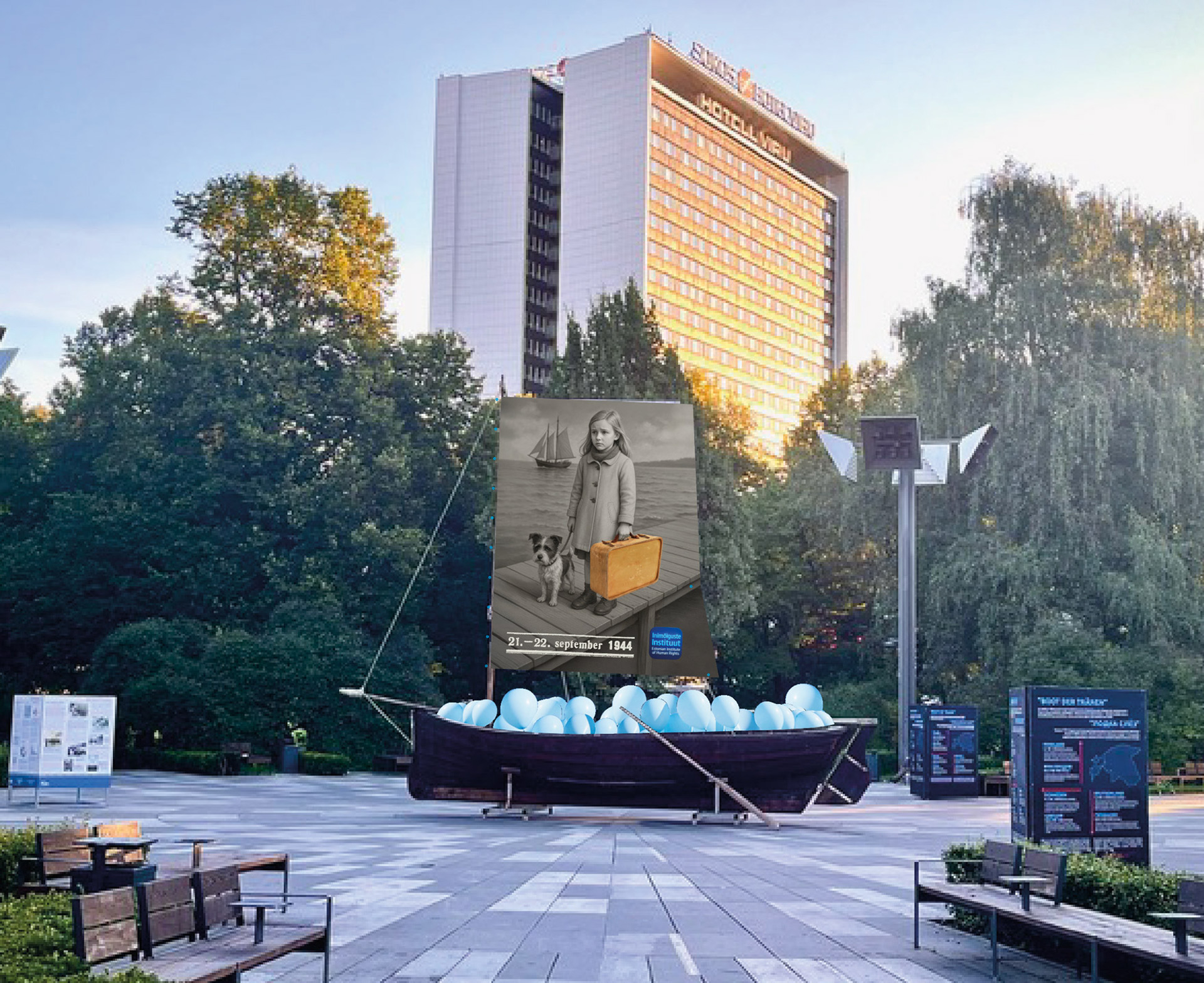
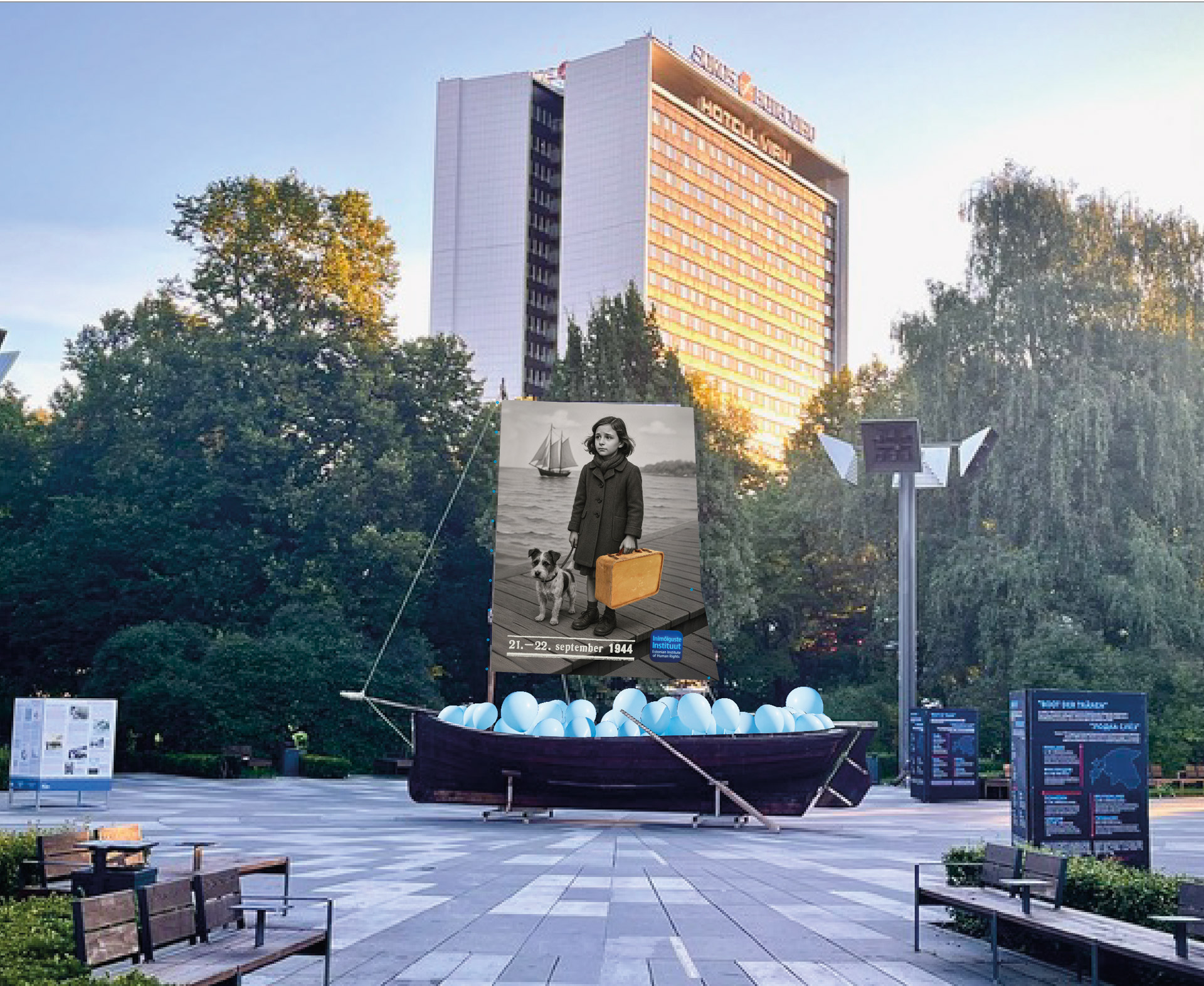
Installation “THE GREAT ESCAPE – THE BOAT OF TEARS”
In memory of the boat refugees
of 1944
This memorial installation recalls those who fled Estonia across the Baltic Sea in 1944. It is
represented by a solitary sailboat — sailing toward Finland, Sweden, or Germany.
On its mast is hoisted the “Sail of Tears”, illustrated with the image of a girl standing on a pier
with her little dog and a Luther plywood suitcase. She gazes longingly back at the homeland she
has had to leave behind. As always, the boat is filled with tears.
The sailboat and image in the installation are symbolic.
Original concept: Estonian Institute of Human Rights / Aet Kukk
Sailboat provided by: Viimsi Museum of Coastal Folk
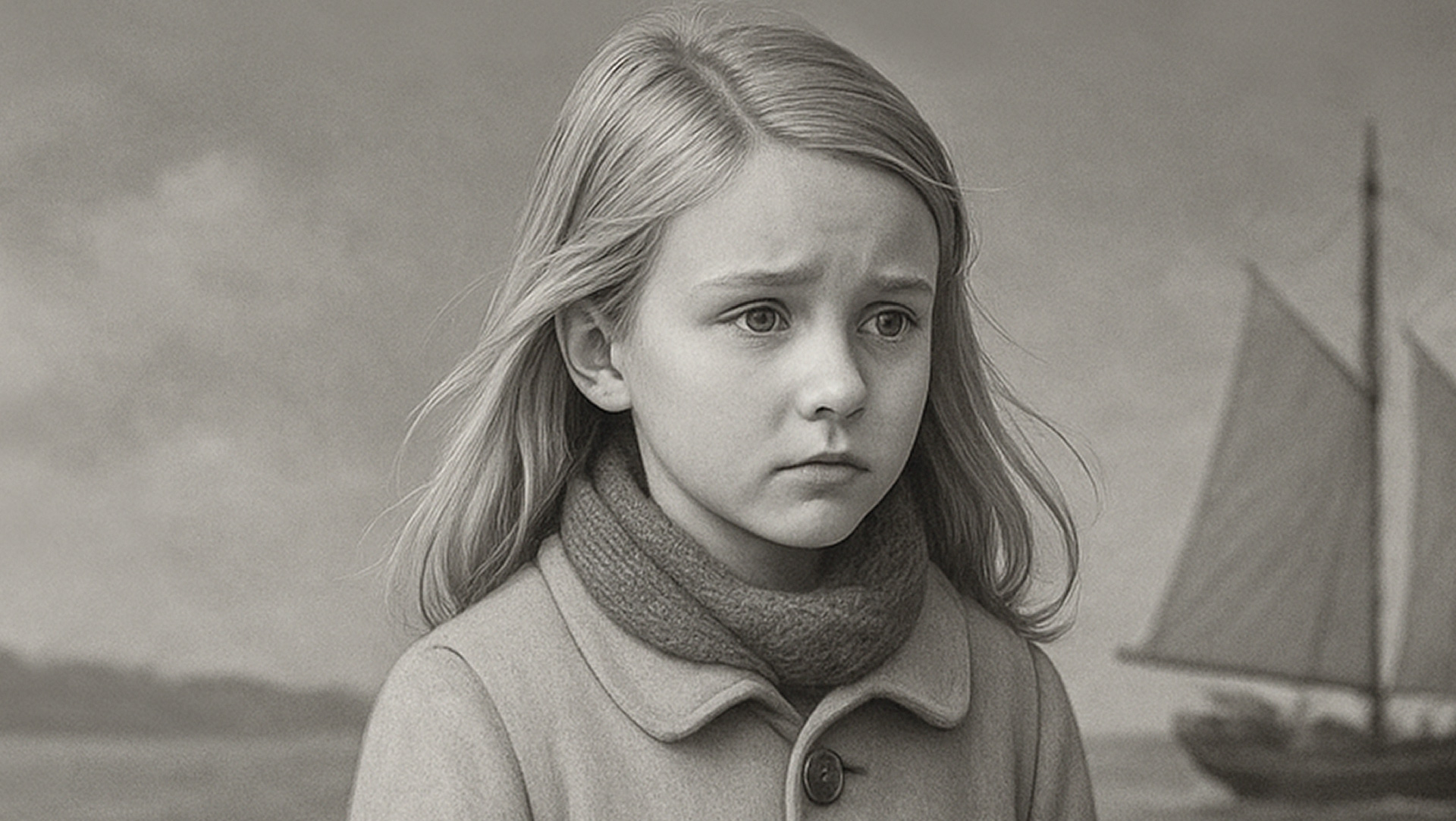
The war and occupation abruptly interrupted the childhood of many. Homes, gardens,
playgrounds, and loved ones had to be left behind, and they often had to leave with only
a few possessions, which sometimes fit into Luther's plywood suitcase, uncertain
whether they would ever return to their homeland. The last ships carried them across the
sea into the unknown, leaving behind everything familiar and dear. This departure
brought loss and pain; however, it also marked the beginning of a new journey abroad—
difficult yet filled with hope.
In exile, they had to find ways to earn a living, learn new skills, and adapt to unfamiliar
environments. Despite these challenges, the memories of childhood and home remained
deeply rooted in their hearts. It was precisely these memories that became a source of
strength, fueling their creativity and a steadfast determination to preserve their identity
and keep alive the dream of Estonia.
In the chaos of war and occupation, tens of thousands of Estonians left their homeland.
There has often been talk of an elite exodus, but in reality, many peasants, fishermen, and
ordinary workers were among those who left. Both intellectuals and ordinary families shared
the same journey—driven by fear of the future and a desire for freedom.
This was not merely an elite exodus but a collective effort by the people to escape
hardship. Those fortunate enough to find opportunities abroad managed to reach new
lands. Many others remained behind or were repatriated. Nevertheless, those who stayed
behind built new lives and bore witness to the fact that this great escape was
fundamentally a story of ordinary people.
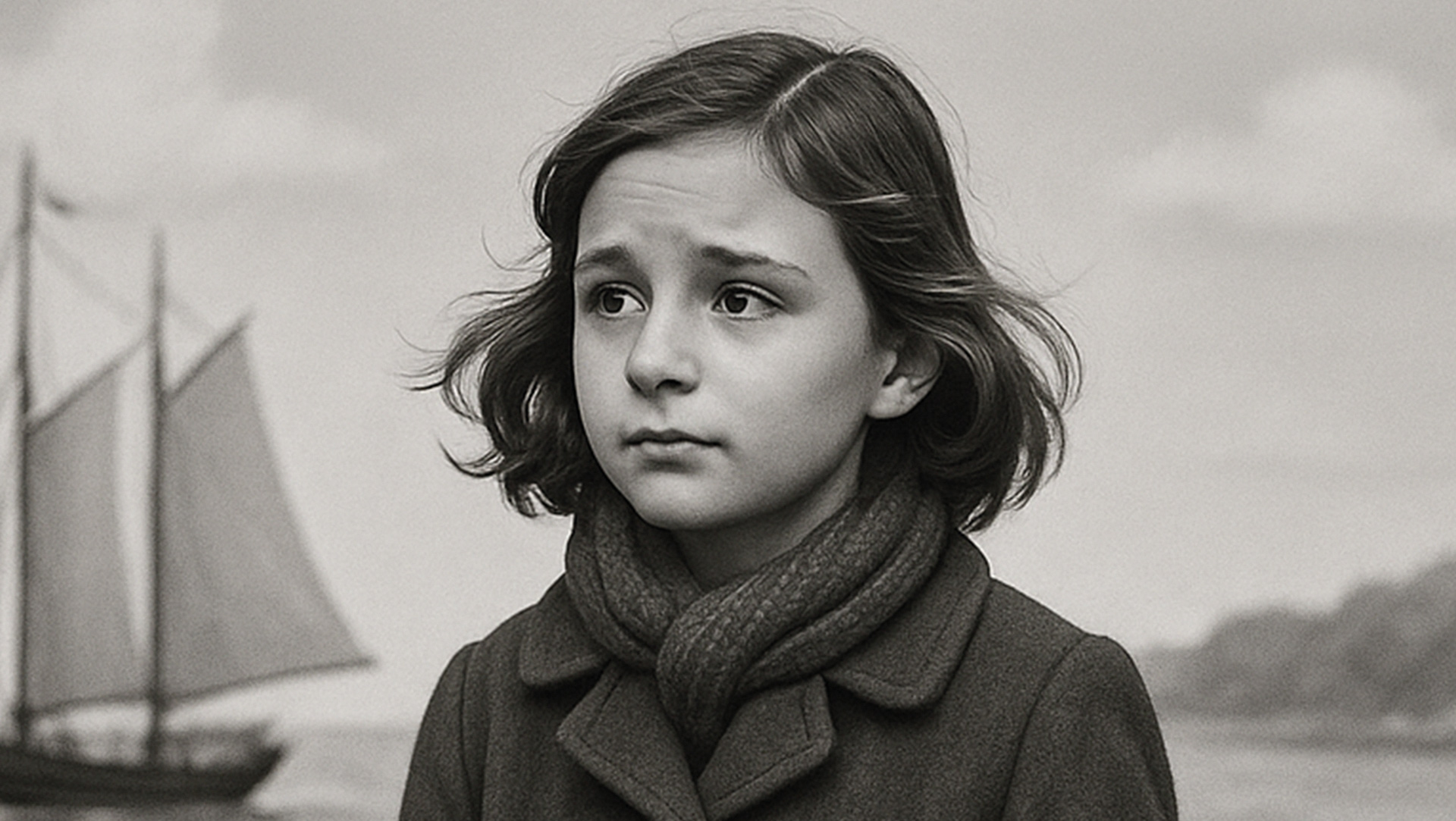
WHERE THEY FLEED:
The peak of the refugees came on 15–30 September 1944, when the front approached
Estonia and the exodus became massive. The widespread belief that mainly the elite
reached the West does not correspond to reality – there were people from all social
classes among the refugees. Mainly, they left Northern and Western Estonia and the
islands, some headed by sea to Sweden and Finland, others began their journey towards
Germany. Many, however, were forced to return to their homeland from Latvia and
Lithuania.
Who got on the ship did not depend on chance, status or financial situation – each
escape was the result of lucky coincidences.
FINLAND_ ca 7000-9000 Estonians
SWEDEN: ca 27,000-29,000 Estonians
GERMANY: ca 42,000-45,000 Estonians

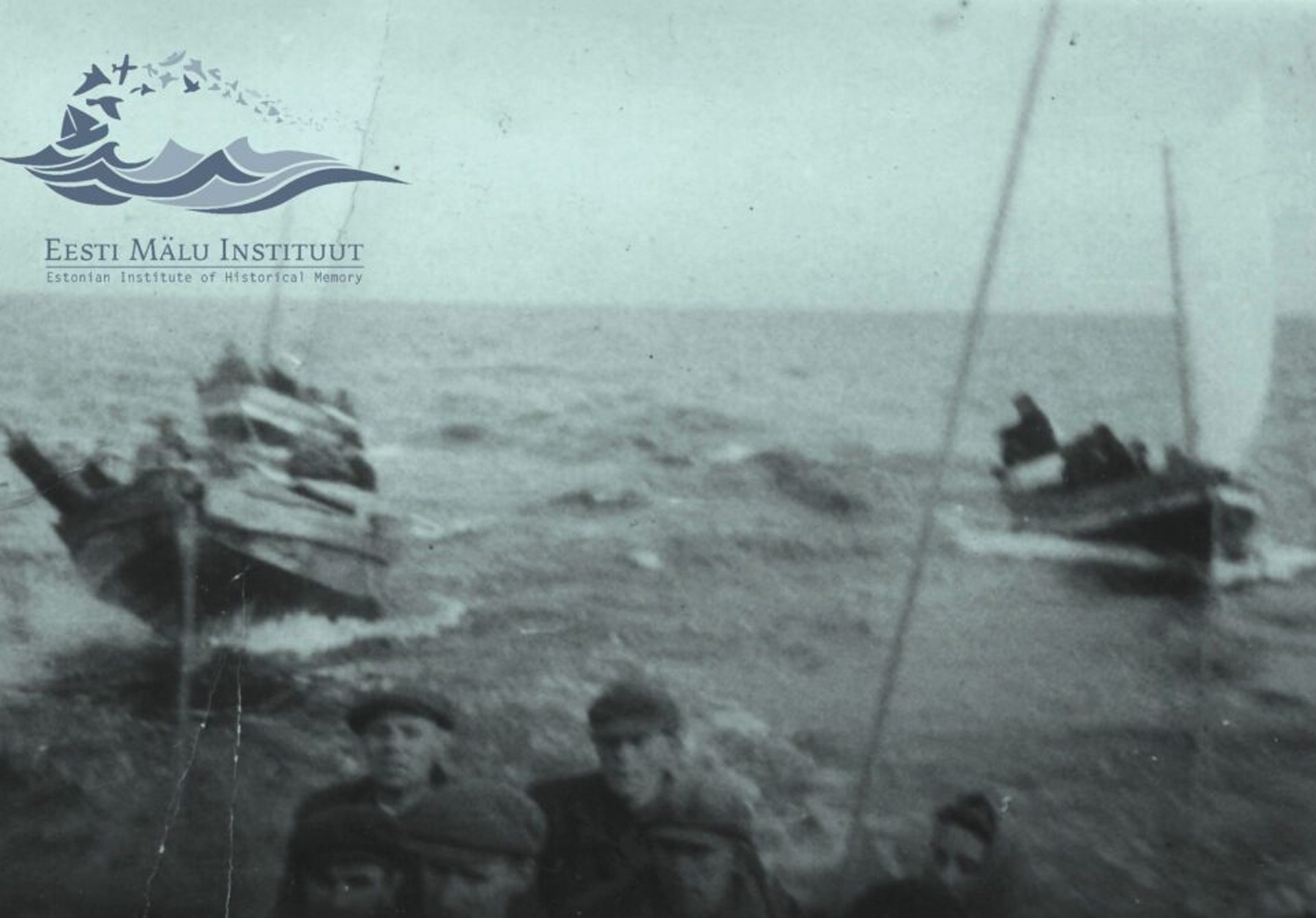
Escape in Numbers" on the Estonian Institute of Memory portal
The Estonian Institute of Memory has developed a comprehensive database documenting the
journeys of approximately 65,000 war refugees. This extensive collection includes detailed
information about their places of birth and departure, their escape routes, and their destination
countries. Through this database and accompanying maps, we gain insight into how Estonians
dispersed globally and what became of them afterward.
This project serves as both a memorial and a testament to a profound chapter in Estonian
history—highlighting the personal tragedies and losses experienced during times of upheaval,
as well as the enduring sense of national unity that persisted abroad. It preserves the memories
of those who endured the great exodus, ensuring their stories remain accessible for future
generations.
See more
DATABASE
LUTHER'S PLYWOOD SUITCASE
In the early 20th century, the Luther plywood and furniture factory in Estonia established itself as
a pioneer in innovative luggage design. Collaborating with its major distributor, the British
company Venesta, Luther produced a range of lightweight yet durable products, including hat
boxes, handbags, and suitcases. These items were renowned for their strength and versatility,
appealing to modern travelers seeking convenience.
During the 1920s and 1930s, Luther aimed to influence travel habits by promoting smaller, more
manageable luggage. Recognizing the rise of air and automobile travel, the company
emphasized the benefits of compact suitcases made from plywood—materials that combined
lightness with robustness. This shift in product focus reflected a broader trend towards more
practical and portable luggage options, facilitating easier and more comfortable journeys in the
era of rapid technological advancement in transportation.
Luther's innovative approach helped set new standards in luggage design, aligning with the
evolving needs of modern travelers and contributing to the development of lightweight, efficient
travel gear.
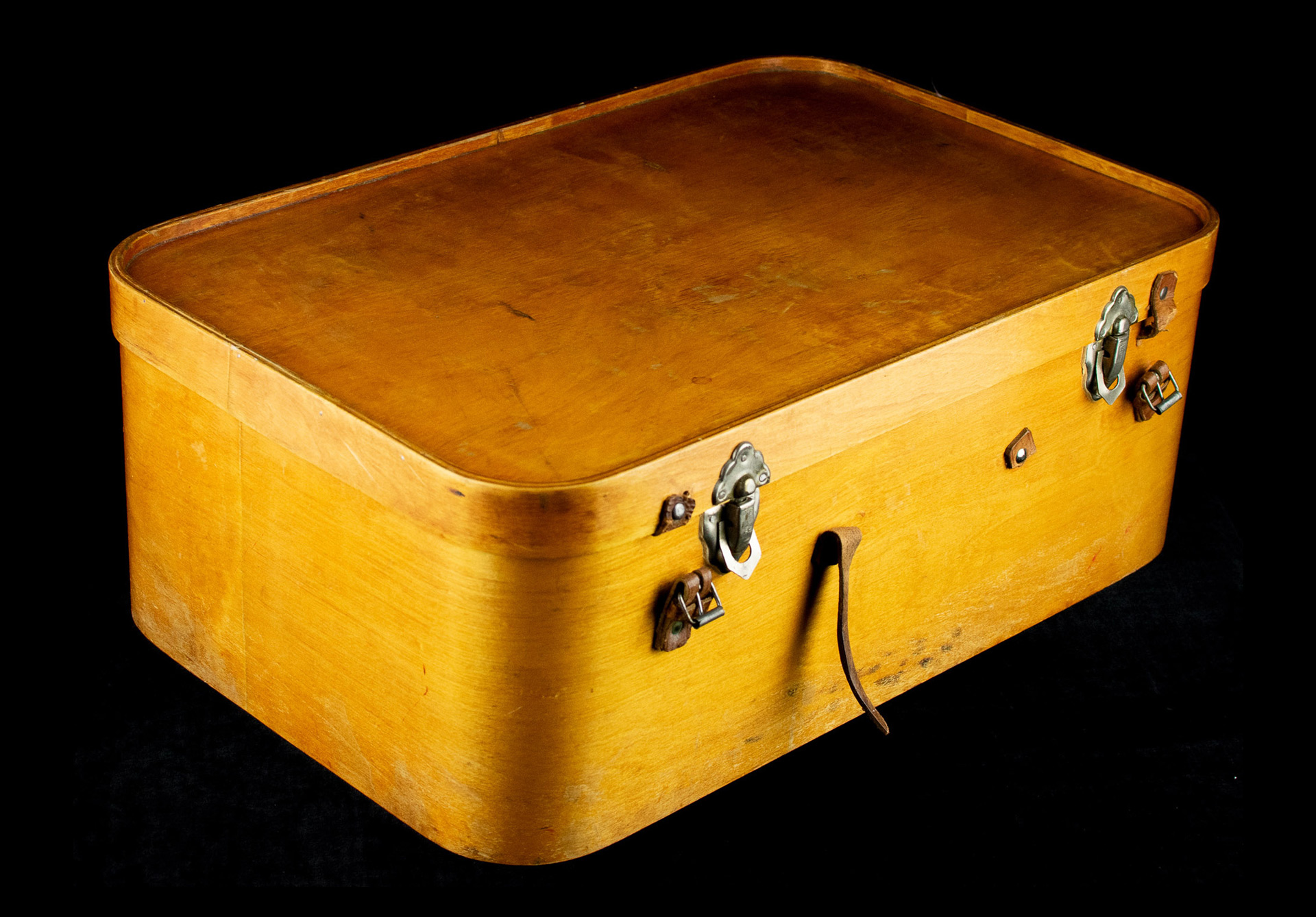
OTHER MEMORIALS IN ESTONIA
Puise
On the coast at Puise, Läänemaa, a sculpture by Seaküla Simson depicts a mother
walking toward the sea — a small suitcase in one hand, her daughter with a teddy bear in
the other.
Tallinn — Boat Refugees’ Memorial Stone, Old Town, Harju Street green area.
In Pärnu, a memorial to the Great Escape was unveiled.
Haapsalu Boat Refugee Memorial.
Also in Läänemaa, a bronze monument has been erected in memory of the boat refugees.
Read more
On 19 September, a memorial to the boat refugees was unveiled on the shore at Puise,
Läänemaa.
Read more
Find on the map
Tallinn
Find on the map
Pärnu — “The Touch”
Read more
The Pärnu memorial to the Great Escape offers comfort and teaches a lesson.
Read more
Artist Elo Liiv
Find on the map
Haapsalu
Rannarootsi Museum
Haapsalu — in front of the Coastal Swedes Museum.
Read more
